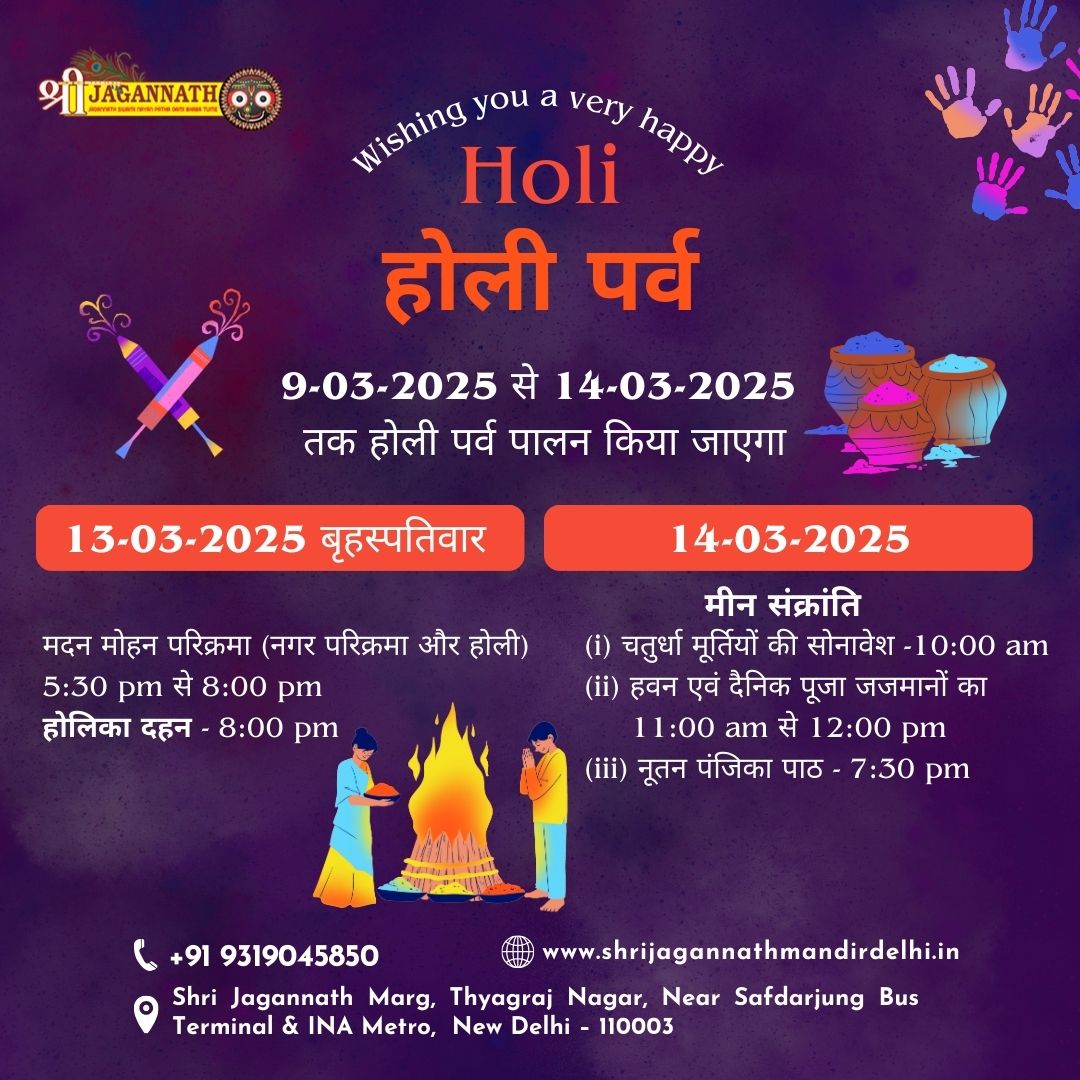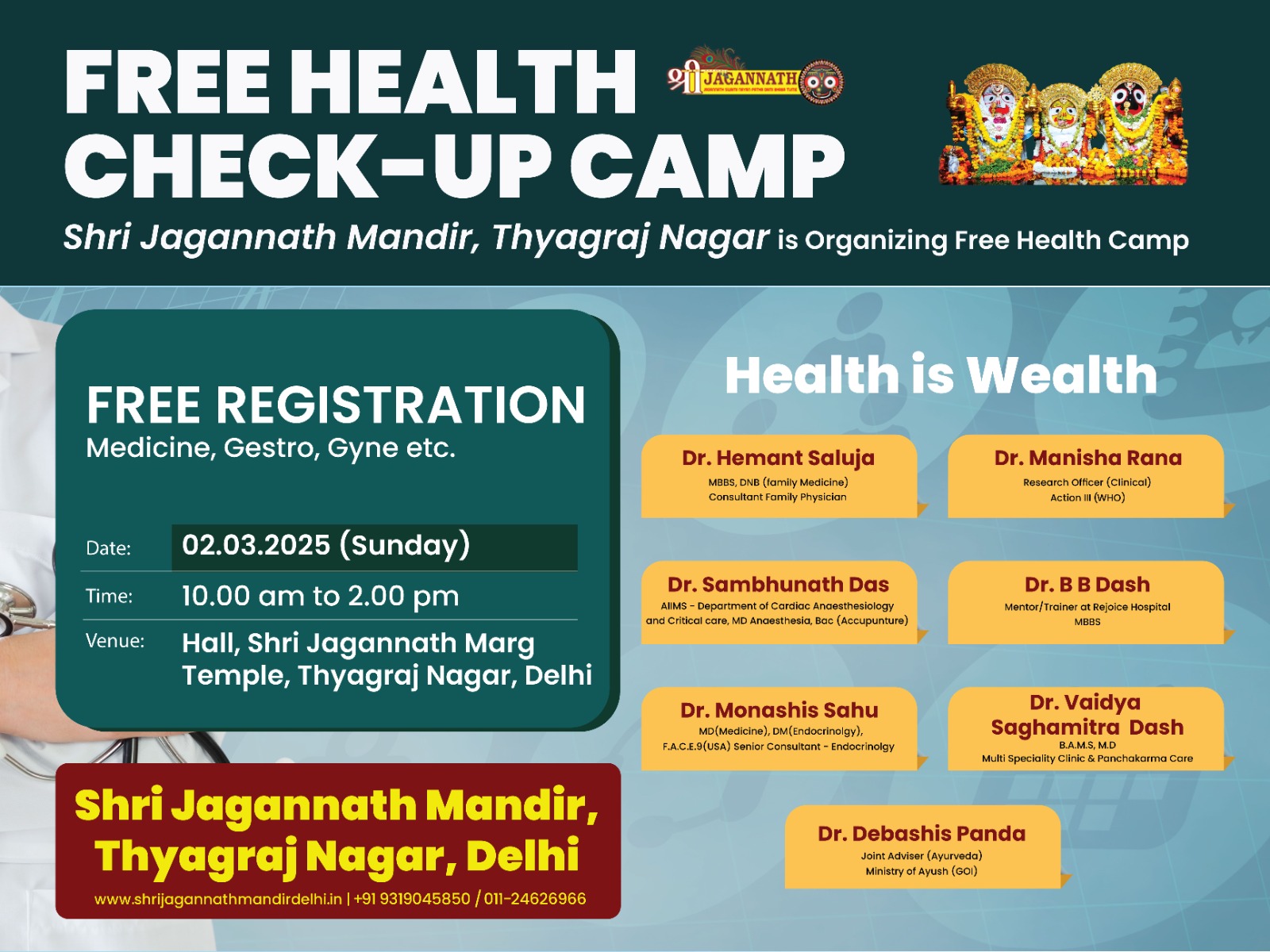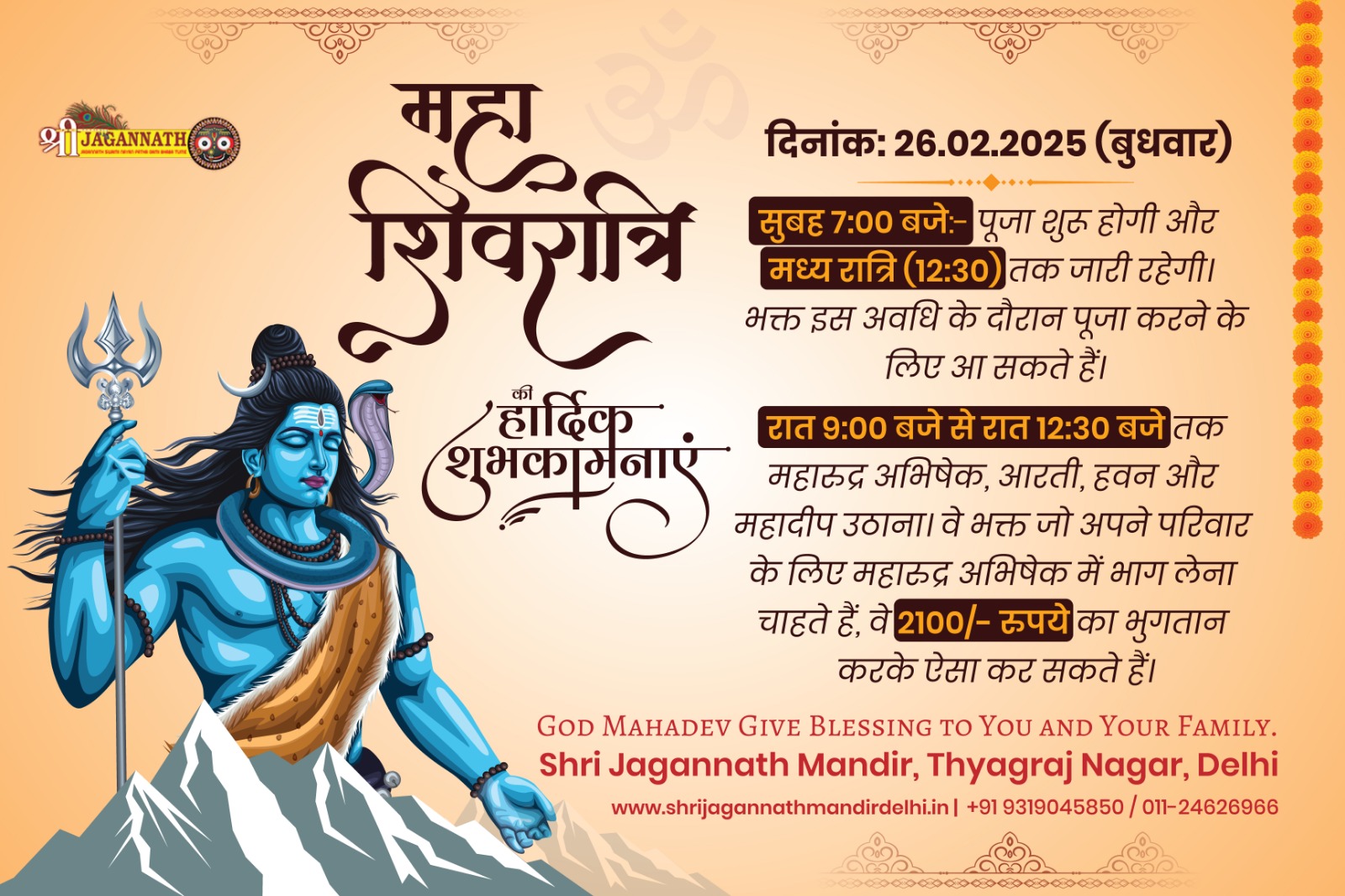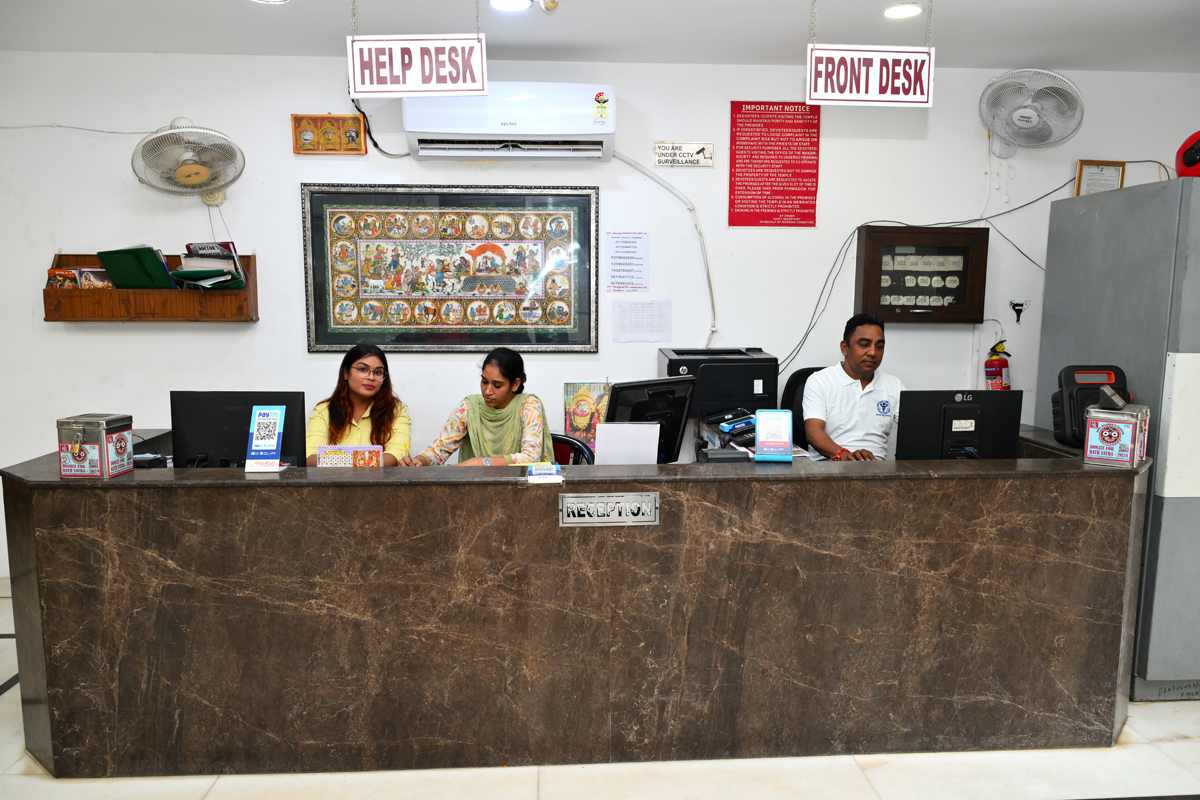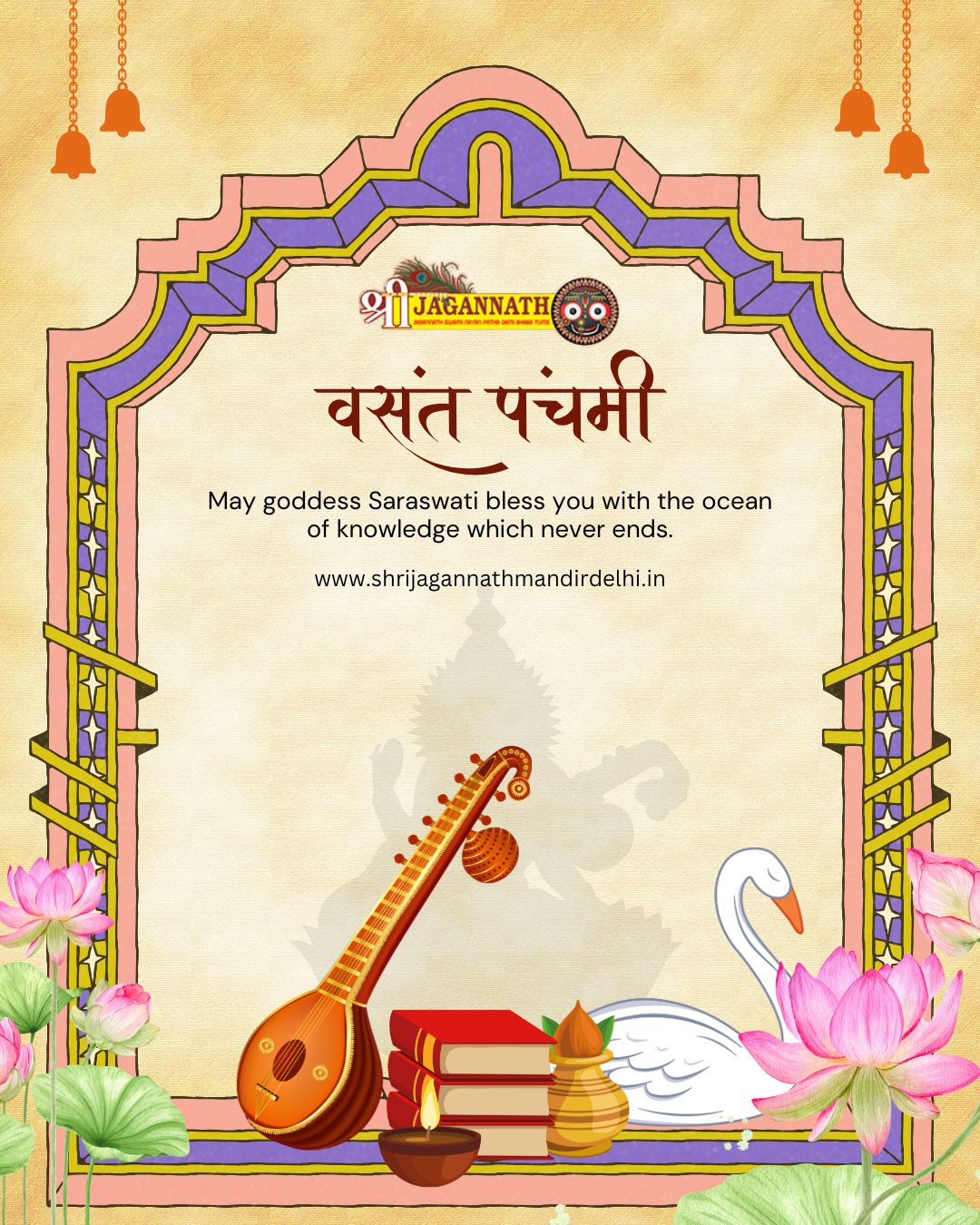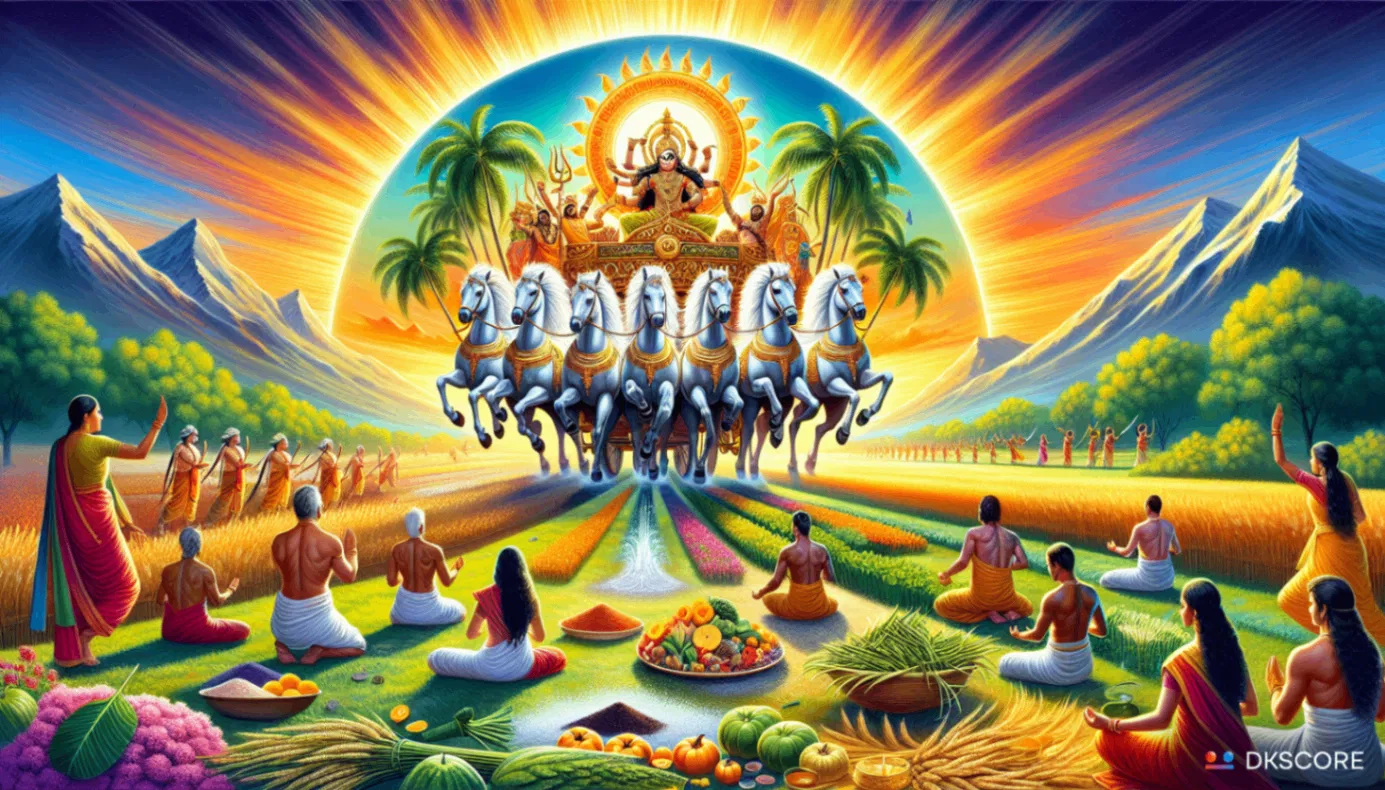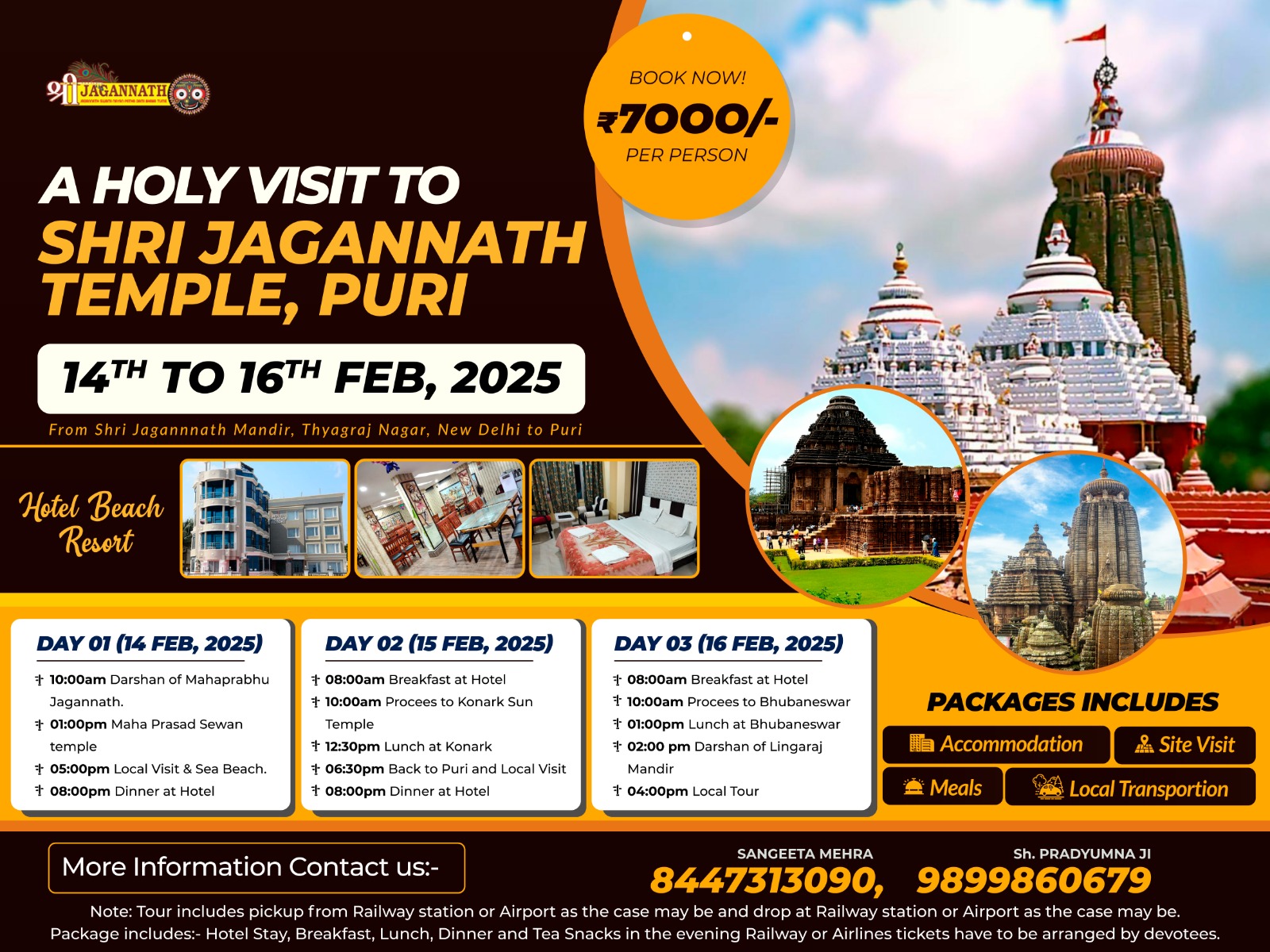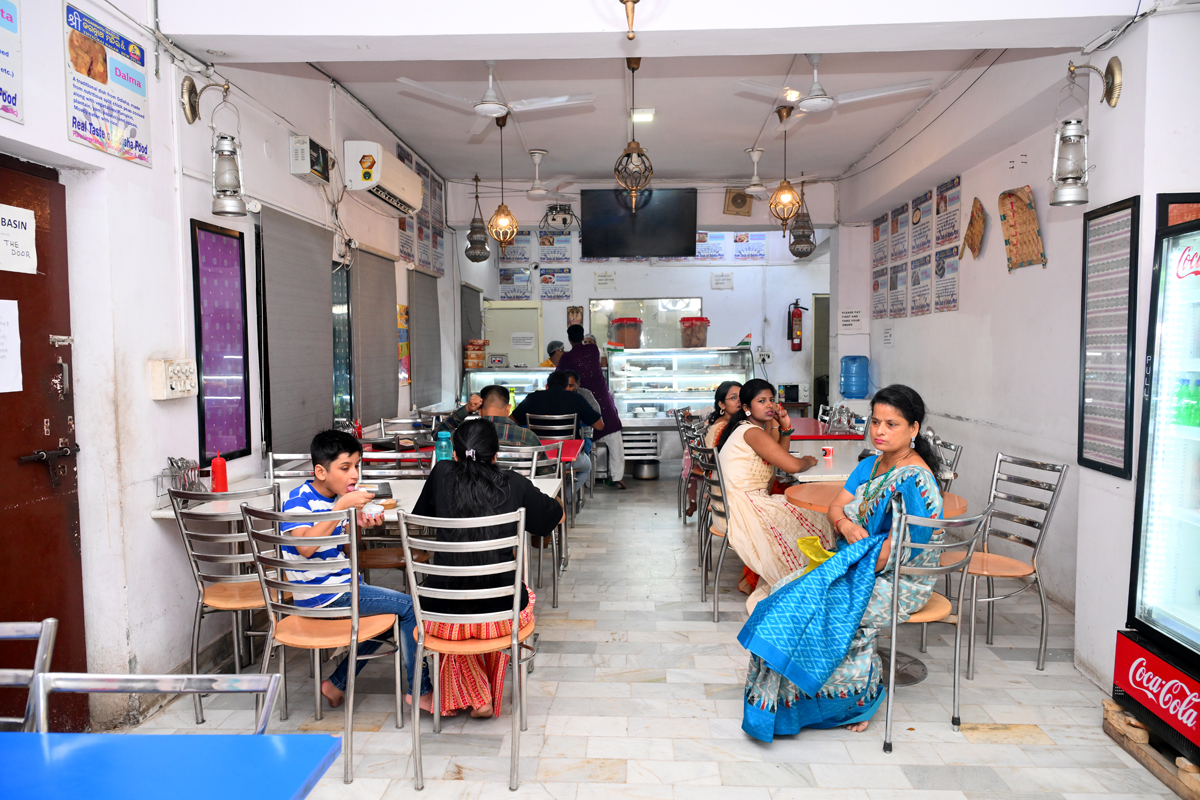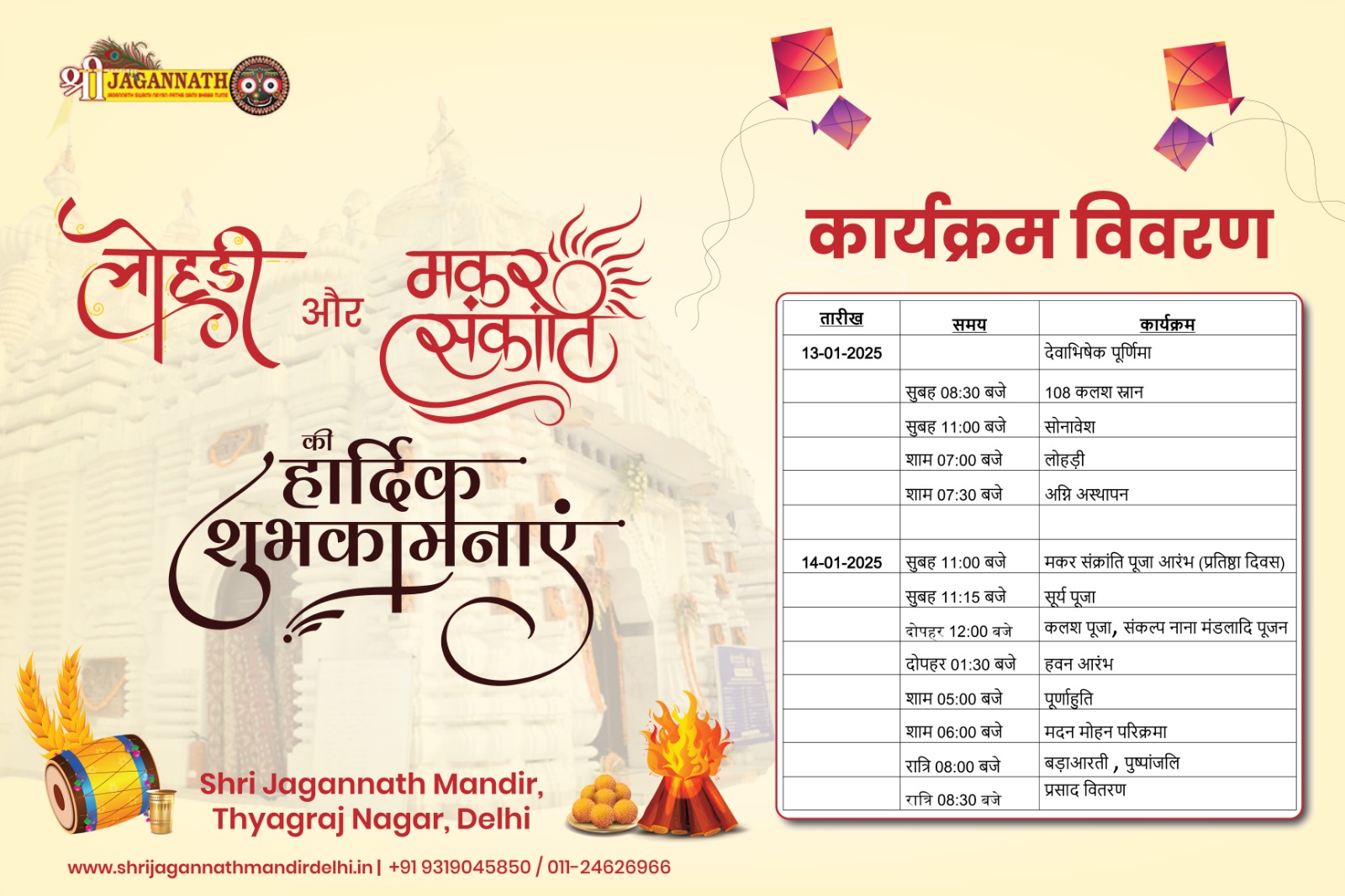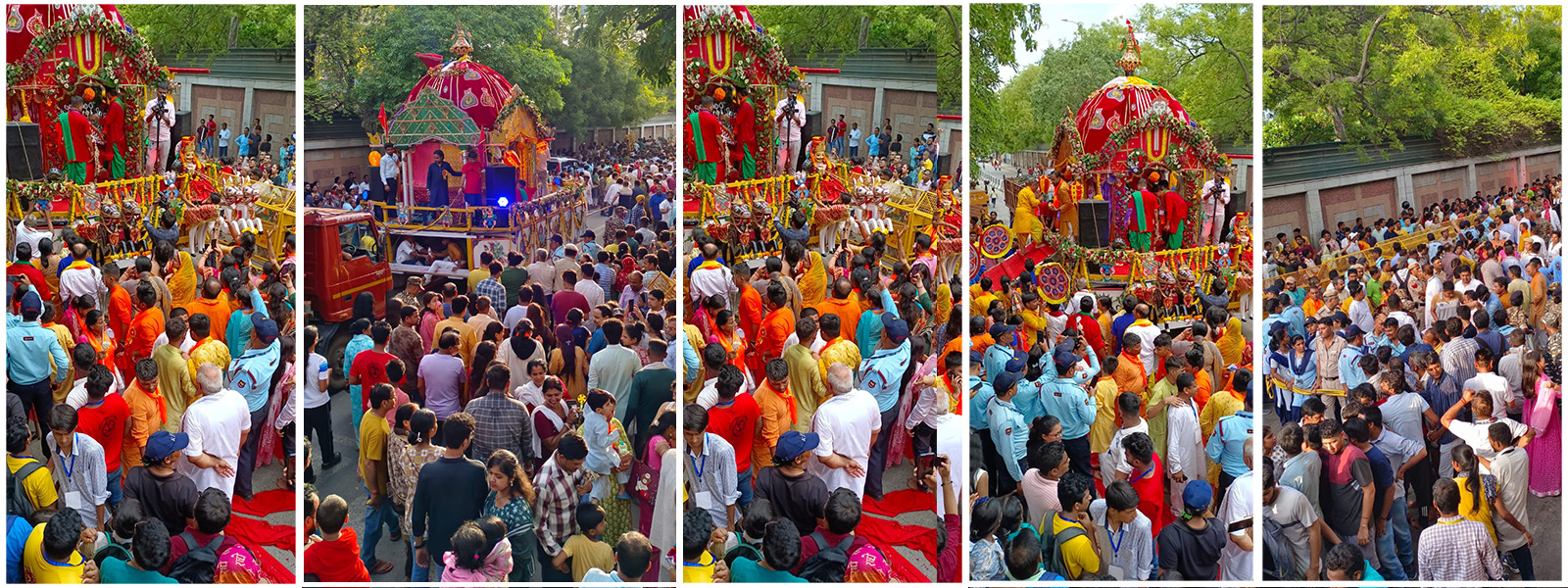June 16, 2024 12:00 am
Sesa Raja: The Culmination of Raja Parba
Sesa Raja, the final day of the Raja Parba festival, marks the culmination of the vibrant and joyous celebrations observed in Odisha, India. Raja Parba, spanning three days, celebrates the onset of the monsoon and honors both the earth’s fertility and womanhood. Sesa Raja, also known as the third day of the festival, brings the festivities to a grand conclusion, filled with rituals, games, feasting, and communal harmony.
Significance and Cultural Context
Raja Parba celebrates the earth’s readiness for the agricultural season, symbolizing fertility, rejuvenation, and growth. The festival parallels the earth’s natural cycles with those of women, celebrating menstruation and the power of creation and nurturing. Sesa Raja, being the final day, serves as a time to relax, enjoy, and reflect on the celebrations of the previous days.
Festivities and Rituals
Sesa Raja is characterized by a continuation of joyous activities, community gatherings, and cultural events. Here are some of the key aspects of the day:
- Continued Swinging Tradition: Swings (known as ‘Raja Doli’) continue to be a central part of the celebration. Women and girls take turns swinging, enjoying the monsoon breeze, and singing traditional songs. The swinging symbolizes the carefree spirit of the festival and the joy of the monsoon season.
- Cultural Performances: Various cultural performances, including folk dances, music, and dramas, are organized on Sesa Raja. These performances depict stories related to the festival, agrarian life, and the importance of womanhood, adding a rich cultural flavor to the celebrations.
- Games and Sports: Traditional games such as ‘Kabbadi,’ ‘Kho-Kho,’ and other local sports continue to be played, fostering a sense of community and fun. These games are an integral part of the festival, providing entertainment and strengthening social bonds.
- Feasting and Delicacies: The culinary delights of Raja Parba continue to be savored on Sesa Raja. Families and communities come together to enjoy traditional dishes, including ‘Poda Pitha’ (a type of rice cake), and other sweet and savory treats. The feasting symbolizes abundance, prosperity, and the joy of sharing.
- Rest and Reflection: Sesa Raja is also a day for relaxation and reflection. Women take a break from their usual household duties, enjoying leisure time with family and friends. This period of rest honors their contribution and parallels the rejuvenation of the earth.
Spiritual and Social Significance
Sesa Raja holds deep spiritual and social significance. It is a time to honor and respect the natural cycles of the earth and women, emphasizing the importance of fertility, growth, and renewal. The festival fosters a sense of community, unity, and gratitude, highlighting the interconnectedness of nature and human life.
Conclusion
Sesa Raja, the final day of the Raja Parba festival, is a celebration of joy, community, and cultural richness. It brings the three-day festival to a grand conclusion, filled with traditional rituals, games, feasting, and cultural performances. By honoring the earth’s fertility and the power of womanhood, Sesa Raja reinforces the timeless values of respect, harmony, and gratitude towards nature and life. The festival continues to be a cherished and significant part of Odisha’s cultural heritage, embodying the spirit of celebration, unity, and renewal.


